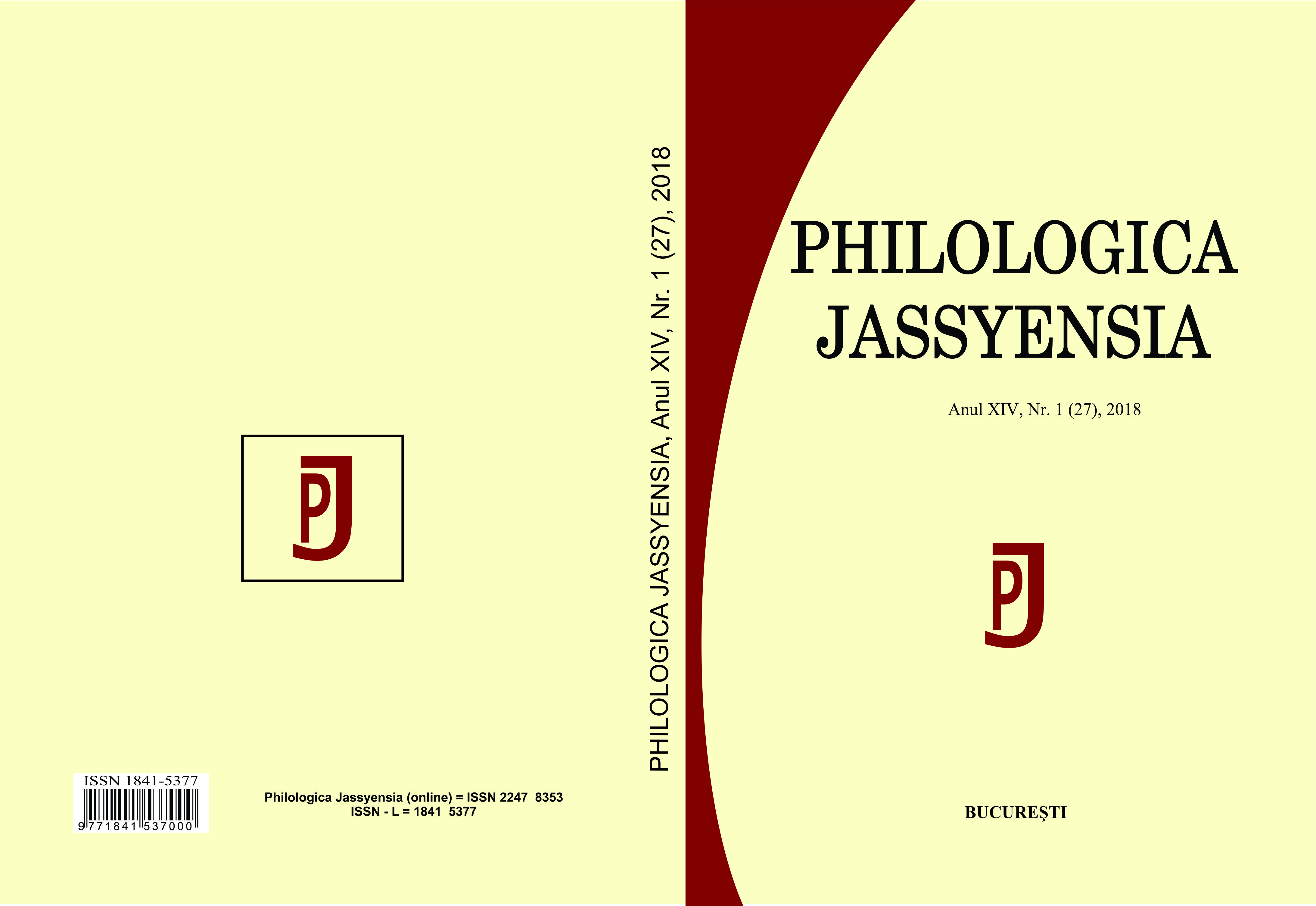Legendenbildung im Fluss. Pe Dunăre von Alexandru Vlahuță
Formation of a Legend: Pe Dunăre by Alexandru Vlahuţă
Author(s): Christina VogelSubject(s): Language and Literature Studies
Published by: Editura Tracus Arte
Keywords: Alexandru Vlahuţă; România pitorească; “arta cu tendinţă”; cultural constructions; national-patriotic historiography
Summary/Abstract: România pitorească, a work written on behalf of the Ministry of Education, is published in 1901, the same year when Alexandru Vlahuţă founds the literary journal Sămănătorul together with George Coşbuc. Encyclopedias and studies assign România pitorească to travel literature and characterize its style as lyrical realism.My study aims to show that neither the uncritically adopted genre definition nor the stylistic description does justice to the commission of Vlahuţă. România pitorească is not a picturesque travel diary that describes country and people in a realistic way. Rather, the work belongs in the field of national-patriotic historiography. It uses national mythology and contributes to the legend of the emergence of the Romanian nation state. At the dawn of the twentieth century, in an idealized way, it tells the genesis of the Romanian people, the turbulent development of its culture, the eventful history of its identity. The pedagogical-didactic intention of the work lets the narrator and subjective travel impressions fade into the background. Convinced of the moral task of the writer, Vlahuţa places himself at the service of popular education and appeals to the co-operation of the teachers of the whole country. In marked contrast to the Junimea movement, which he was close to in the 1880s, Vlahuţă makes under the influence of C. Dobrogeanu-Gherea the concept of “arta cu tendinţă” his own.The work as well as the history of its reception tell us important facts about how the changing political systems are trying to appropriate the past of Romania, how to pass it on, rewrite and interpret it in such a way that it helps to consolidate one's own national self-image. The Danube is by no means just a backdrop; it is the projection screen of cultural constructions that are always in flux.
Journal: Philologica Jassyensia
- Issue Year: XIV/2018
- Issue No: 1 (27)
- Page Range: 157-164
- Page Count: 8
- Language: German

